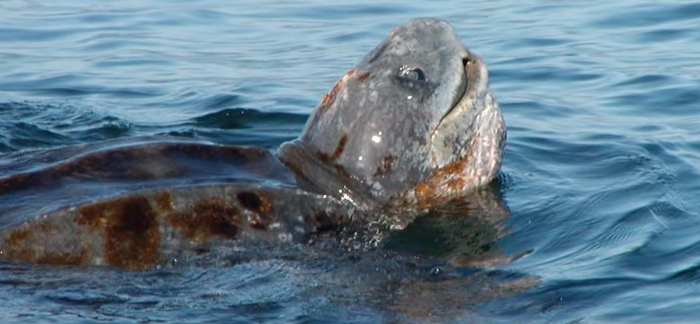Did you know that Leatherback Sea Turtles are the largest known species of this type in the world? They can grow up to be more than 7 feet long and weigh over 1 ton. That’s 2,000 pounds of turtle! Here are some more interesting facts about this unique creature.
1. An Ancient Race
At one point in time, Leatherback Sea Turtles called almost every environment their home. Except for the Antarctic and the Arctic, they could be found everywhere. They also have more than 100 million years of estimated evolutionary roots that can be traced. This makes them one of the world’s most ancient of creatures sharing our space.
2. Mighty Divers
Researchers have found that Leatherback Sea Turtles can dive down to a depth of more than 4,000 feet. That’s deeper than any other turtle that has been observed in the world at this point. They can also hold their breath for a long time down there – up to 85 minutes.
3. Now That’s a Road Trip!
Leatherback Sea Turtles embark on the longest known migration of any other sea turtle in the world. They will average about 3,700 miles in each direction of their journey. Once they get to their preferred beach, the female turtles will lay about 80 eggs to fill up a sand nest. The eggs are then buried and the sand disturbed so it becomes difficult to find the eggs.
4. That’s a Hot Turtle
The temperature of the sand nest is what determines what the gender of the turtle will be. Higher temperatures tend to produce female turtles, while temperatures below 85F tend to create male hatchlings. The boys will spend the rest of their lives at sea once they crawl out of their nest.
5. Still Endangered
Leatherback Sea Turtles on the Atlantic coastal areas are increasing, but they are decreasing dramatically in the Pacific. With an endangered status, this gives researchers some protections and resources so that they can work with this species to keep it from completely disappearing thanks to egg harvests and over-fishing of their habitats.
These reptilian giants give us a glimpse into our planet’s history. With more research and conservation efforts, together we can save this species from a complete extinction event.




